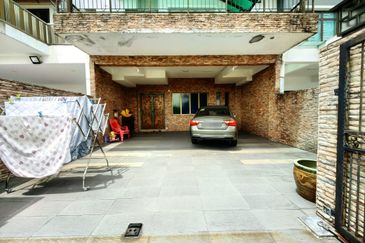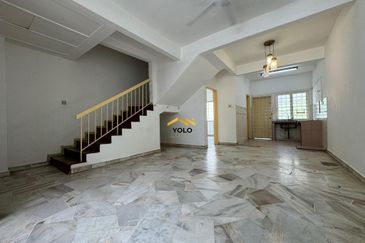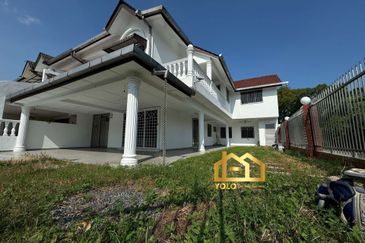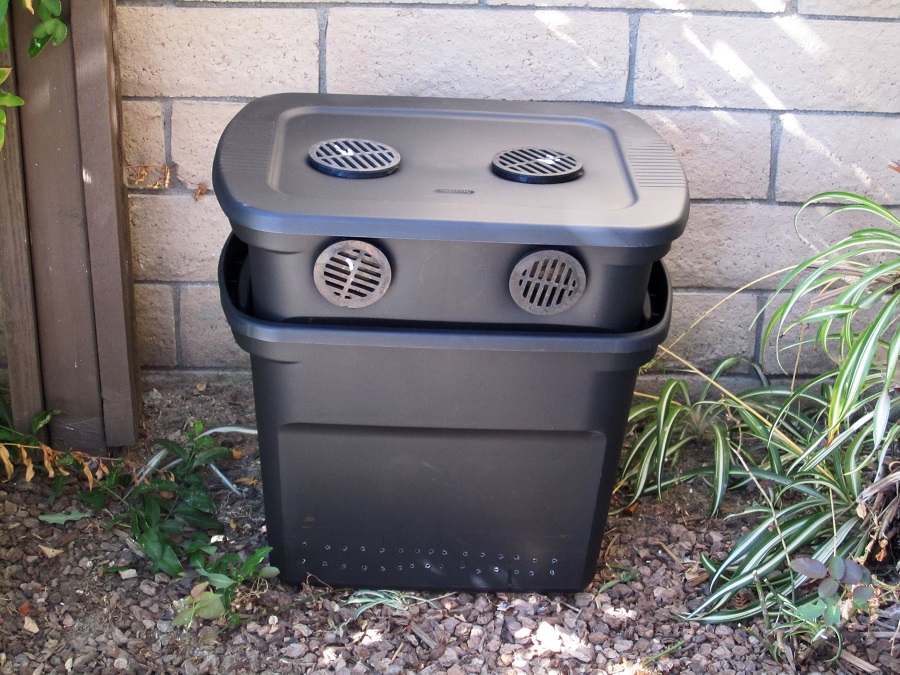
Attention all readers with budding green fingers: red worms are probably your best friends. This is because the vermicast created by red worms provides nutrients for plants.
Vermicast is a dark and rich compost that improves the composition of a soil’s nutrients. It’s also known as worm castings or worm manure, or worm tea in liquid form. Vermicast is the product of vermin composting, the process which enables red worms to convert organic waste such as fruits and vegetables.
Vermicast contains higher saturation of nutrients compared to natural composting of organic materials. Humus is also a material formed during the breakdown of organic matter by the red worm.

Vermicast enables plants to absorb nutrients easily because they are broken down into their elemental form, hence stimulating plant growth. Other benefits include enhancing soil structure to improve aeration and water retention; balancing the soil’s pH level; and improving the plants’ immunity against disease.
Some avid gardeners harvest their own vermicast by nurturing their own “worm farms” which are rather easy to set up and maintain.
Red worms are also known as red wrigglers, tiger worms or Eisenia Fetida. They are suitable for worm farms as they can withstand both warm and frigid weather conditions. They also have great appetite for organic waste and reproduce quickly.
They thrive in temperatures of between 18°C to 27°C. The wriggling creatures prefer to be in shaded areas and like their bedding moist and non-acidic. A moist environment facilitates the breakdown of organic matter in their bedding. However, they do not perform well if their home gets too wet or flooded.
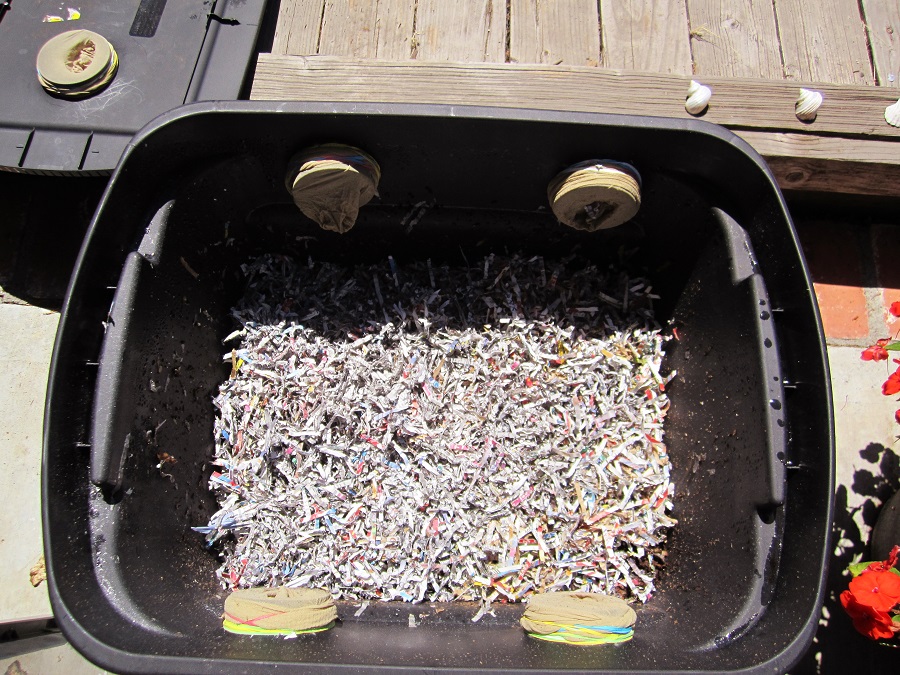
It typically takes about two and a half months for a red worm to produce a cocoon, which holds an average of five red worms. Once hatched, a baby red worm takes nine weeks to mature.
The worms feed on vegetable and non-citrus fruit (such as apples, grapes, bananas) waste, decaying tree leaves, grasses, wood, egg shells, coffee grounds, shredded cardboard, garden waste and starch (pasta, rice and potatoes). They prefer a mixture of soft and small decaying food and microbes. (See list of recommended worm feed)
Klang-based earthworm supplier earthworm.com.my advises that it is best to use vegetable and fruit scraps such as lettuce, watermelon and apple skins.
Meat and bones are not recommended as these cause the waste to smell!
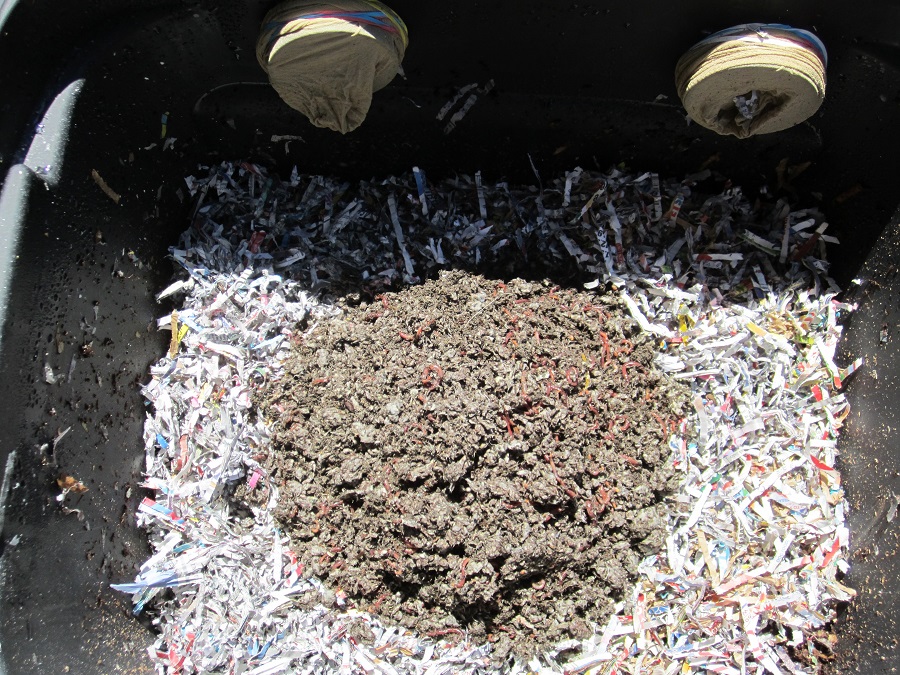
earthworm.com.my began operations in 2004 as a pioneer supplier of earthworms and vermiculture starter kits. The company sells 1kg of red worms from RM280 upwards, while the starter kit at RM399 includes 1kg of red worms, one by two-foot worm bin with a cover, 10kg of worm food and a guide book.
It says that the smaller the feed, the easier it is for the worms to eat. Feeding them once a week is sufficient, while overfeeding the worms might result in a population explosion. If you’re going to be away from home for more than a week, place a dampened sheet of newspaper over the worm farm and they will consume the newspaper after completely processing their food. (Though we do wonder about the edibility of the ink.)
earthworm.com.my also says it normally takes less than a week for red worms to consume food scraps and produce vermicast. Rest assured that vermicast is organic matter that will not harm plants even if they overdose on it.
Preparing the worm farm
Worm farms come in single-tier and multi-tier. While single-tier farms are easier to set up and maintain, multi-tier ones will allow you to easily harvest vermicast without removing the worms or unprocessed food waste. Red worms are surface dwellers and naturally inclined to move up different tiers of farms once they have completely processed the scraps on one tier of the farm — leaving the castings ready to be harvested.
For those using plastic bins as worm farms, it is important to have multiple coin-sized holes that allow for adequate ventilation. Otherwise, the worms may become unproductive or die from a lack of oxygen.
Worm farm bedding should comprise a mixture of components such as compost, potting mix, humus, rotted pea straw, soil and paper. The bedding should take up one third of the worm farm and should be slightly dampened for the bedding to be moist.
According to gardening tips website growingandgathering.com, a healthy worm farm is one that produces little or no smell and has a large number of worms. The worm castings and worm tea should also have no smell.
When the worm farm becomes overpopulated, one may harvest the worms to start a new worm farm or sell or give them away.
What to feed, and not to feed, your crawling friends
Feed
• Vegetable scraps, such as lettuce, beans and carrots
• Non-citrus fruit scraps, such as bananas, plums and grapes
• Crushed egg shells
• Coffee grounds
• Shredded cardboard
• Garden waste, such as bean stalks, pea vines
• Starches, such as pasta, potatoes and grains
• Commercial worm food, such as worm chow
DON'T feed
• Citrus fruits, such as orange, lemon and lime
• Meat or bones
• Dairy waste
• Grease
• Human waste
• Exotic tree leaves
This article first appeared in property+, a section of the digitaledge Daily, on Aug 21, 2015. Download property+ here.
TOP PICKS BY EDGEPROP
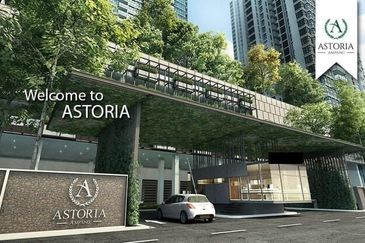
Residensi Xtreme Meridian (Astoria Ampang)
Ampang, Selangor

Fairfield Residences, Tropicana Heights
Kajang, Selangor
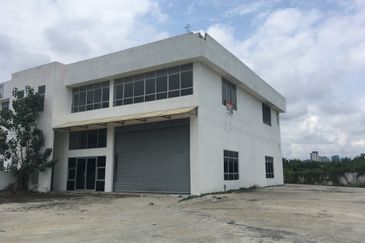
Subang Jaya Industrial Estate
Subang Jaya, Selangor
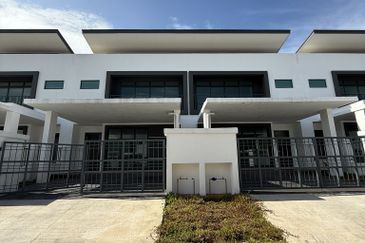
Bandar Baru Sungai Buloh
Sungai Buloh, Selangor

Jardin Residences @ Bandar Seri Coalfields
Sungai Buloh, Selangor

Jardin Residences @ Bandar Seri Coalfields
Sungai Buloh, Selangor

Jardin Residences @ Bandar Seri Coalfields
Sungai Buloh, Selangor




